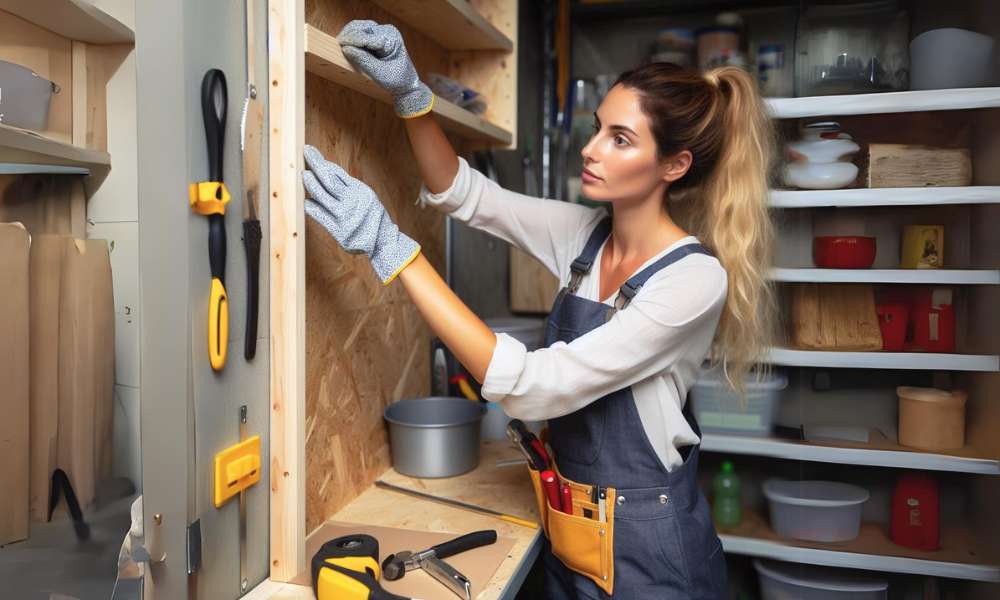Looking to transform your cluttered garage into A neatly organized space, Learning how to build wall-mounted garage shelves is A fantastic start. This practical project not only maximizes your storage area but also keeps your tools, Seasonal items, And equipment within easy reach. Wall-mounted shelves offer A sturdy, Space-saving solution that can dramatically enhance the functionality of your garage. By choosing to build your shelves, You have the flexibility to customize the design to fit your specific needs And preferences. Whether you are A DIY novice or A seasoned handyman, This guide will walk you through the essential steps And considerations for creating durable, Efficient storage.
Why Choose Wall-Mounted Shelves For Your Garage?
Choosing wall-mounted shelves for your garage is A wise decision for several compelling reasons. These racks capitalize on vertical space, Which is often underutilized in many garages. By mounting racks on the wall, You free up valuable floor space, Allowing for better vehicle parking, Workshop areas, Or additional storage for bulky items. Wall-mounted shelves also offer enhanced accessibility And visibility for your stored items, Making it easier to find what you need quickly without sifting through cluttered piles or overstuffed cabinets.
Wall-mounted shelves are inherently customizable, Allowing you to tailor their Size, Shape, And spacing to your specific storage needs. Whether storing lightweight tools or heavier automotive parts, You can design And reinforce your shelving to handle the load. This adaptability ensures that your garage storage can evolve with your hobbies, Projects, Or storage needs, Providing A long-term, Scalable solution that stand-alone shelving units often can’t match. Plus, The clear floor space makes cleaning And maintaining your garage A much simpler task, Contributing to A more organized And efficient home.
Essential Tools And Equipment To Build Wall-Mounted Garage Shelves
- Measuring Tape
- Level
- Stud Finder
- Drill
- Drill Bits
- Saw
- Screws And Wall Anchors
- Shelving Brackets
- Pencil
- Safety Gear
- Sandpaper Or A Sanding Block
- Level
- Carpenter’s Square
- Tape Or Clamps
- Paint Or Stain (Optional)
Here Are Some Easy Guidelines To Build Wall Mounted Garage Shelves
Planning Your Project
Before diving into the construction of wall-mounted garage shelves, Thorough planning is key to ensuring the success of your project. Start by defining the purpose of your racks: Are they for light storage or heavy-duty use? Consider the items you plan to store And how you want to access them. This will influence the design, Size, And materials you choose. Draft A detailed plan, Including dimensions and the number of shelves, And think about future needs to avoid having to redo the work. Factor in your budget, Time availability, And whether you’ll need assistance. Proper planning will save you time And resources, Reduce waste, And result in A more satisfying And functional end product.
Measuring And Assessing Your Garage Space

Measure the height, Width, And depth of the space where you plan to install the shelves, Considering any obstacles like windows, Doors, Or existing fixtures. Assess the wall’s material And locate studs for secure mounting—this will influence the type of mounting hardware And installation technique you’ll need. Think about how the shelf placement will affect your garage’s overall functionality, Including vehicle parking And workspace areas.
Choose The Right Materials For Durability And Strength
Consider the weight of the items you intend to store—this will dictate the material’s thickness And type. For heavy items, Opt for robust materials like steel or thick hardwood. For lighter storage, Medium-density fiberboard (MDF) or plywood may suffice. The choice of material also affects the shelf’s longevity And maintenance requirements. For example, Metal shelves might require rust protection, While wood racks could need sealing or painting. Choose materials that not only support the weight but also withstand the garage’s environmental conditions, Such as humidity And temperature fluctuations.
Design Considerations For Maximum Storage And Accessibility
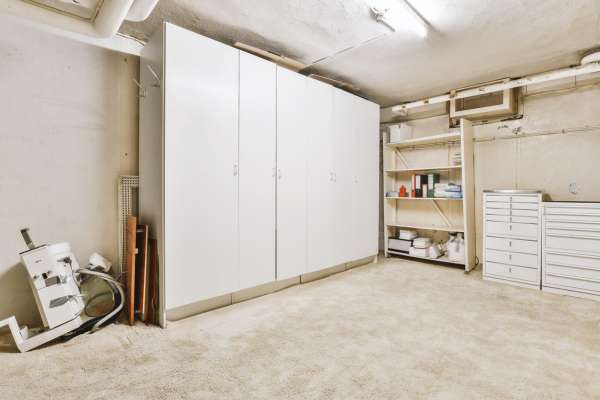
Consider adjustable shelving that allows you to reconfigure the setup based on changing storage needs. Ensure shelves are spaced appropriately, Providing enough room to store items of various sizes And allowing easy access. Think about incorporating different types of storage solutions, Like bins or hooks, To optimize space. Accessibility is crucial, So design your shelves to be within easy reach without the need for ladders or stools, Which can pose safety risks. Consider the aisle space And the placement of frequently used items at A more accessible height. Good design will make your garage more organized, Efficient, And safe.
Safety First: Ensuring A Secure Workspace
Start by clearing the area where you’ll work to prevent trips And falls. Wear appropriate safety gear, Including gloves And eye protection, To safeguard against injuries from tools or materials. Ensure your tools are in good condition And you’re familiar with their operation to prevent accidents. When installing the shelves, Double-check that all fixtures are securely attached to prevent the racks from collapsing. Be mindful of the shelf’s weight capacity to avoid overloading, Which can lead to structural failure.
Metal Shelving Options
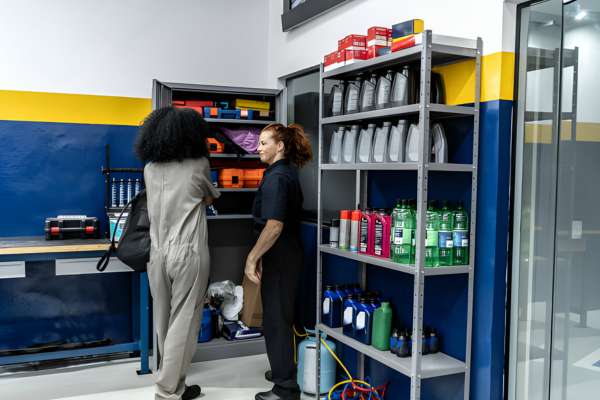
Metal shelving is an excellent choice for its durability And strength. These shelves can support heavier loads compared to their wooden counterparts, Making them ideal for storing bulky or heavy items. When considering metal shelving, Explore options like steel or aluminum, Depending on the required strength And your budget. Powder-coated finishes can enhance durability And resistance to rust And corrosion. Metal racks also offer A sleek, Industrial look, Fitting well into A garage environment. Ensure that the metal shelving is properly anchored to wall studs to handle the anticipated load safely.
Customize Your Shelves
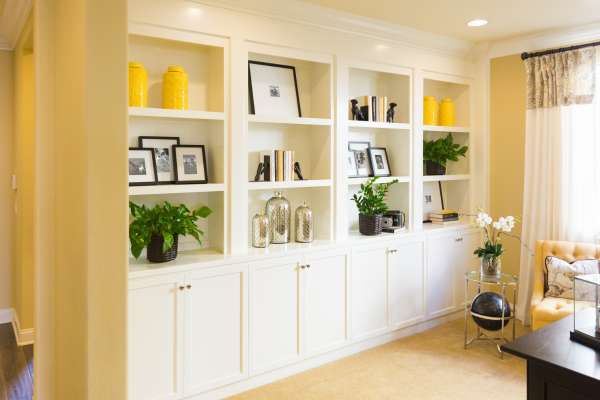
Consider the items you plan to store And design the shelf dimensions And spacing accordingly. Adjustable shelving systems can offer flexibility, allowing you to reposition shelves as your storage needs change. Adding dividers, Drawers, Or bins can help organize smaller items And keep them easily accessible. For A personalized touch, Consider finishing wooden racks with paint or stain to match your garage’s decor. Customization not only maximizes your storage space but also creates A more organized And efficient environment tailored to your preferences.
Securing The Framework
Use A stud finder to locate the studs in the wall, As securing the framework directly into studs provides the most support. When installing brackets or supports, Use appropriate hardware like heavy-duty screws or bolts that are suitable for the wall material And the weight they need to support. Ensure that all connections between the wall, Brackets, And shelving are tight And secure. For added stability, Consider using A back brace or additional support brackets, Especially for wider shelves or heavier loads.
Mount The Shelves
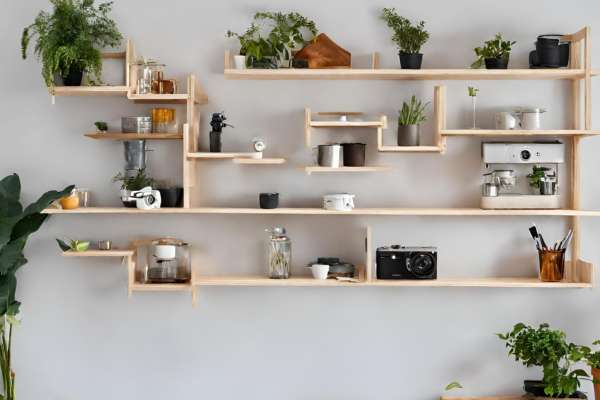
Once the framework is securely in place, The next step is to mount the shelves onto the brackets or supports. If you’re using wooden shelves, Place them on the brackets And ensure they sit flush against the wall. For metal shelving, Follow the manufacturer’s instructions, As some may require additional assembly or specific mounting hardware. Use A level to check that each shelf is perfectly horizontal before securing it in place. This can typically be done with screws or bolts, Depending on the type of shelf And bracket. Ensure the screws are adequately tightened so the shelf doesn’t wobble or shift, But be careful not to overtighten And damage the material.
Finishing Touches
Consider applying A sealant or paint to wooden shelves to protect them from moisture And wear. For metal shelves, Touch up any scratches or chips with matching paint to prevent rust. You can also add label holders or labels to help organize your items And find them easily. If you have exposed hardware, You can use caps or paint to give them A more polished look. Ensure that your workspace is clean And clear of any debris or tools, And enjoy your newly installed, Well-organized shelving system.
Final Thoughts
Build wall-mounted garage shelves is A rewarding endeavor that offers numerous benefits, including maximizing storage space, Improving organization, And enhancing accessibility. By following the guidelines outlined in this article, From careful planning And material selection to proper installation And finishing touches, You can create A functional And efficient storage solution tailored to your garage’s needs. Whether you opt for metal or wooden shelves, Custom designs, Or repurposed furniture, Prioritizing safety And attention to detail will ensure A successful outcome. Understanding the weight capacity of your racks And avoiding common mistakes can help maintain their integrity over time.
What Is The Best Material For Wall-Mounted Garage Shelves?
Heavy-duty steel or metal shelving is ideal for holding heavier items due to its strength And durability. If you’re storing lighter items or prefer A more aesthetic look, Wooden shelves made from plywood or solid wood can be A great choice. They offer versatility in terms of design And can be painted or stained to match your garage’s interior. Engineered wood like MDF can also be A cost-effective option, But it’s less resistant to moisture And heavy loads compared to solid wood or metal.
How Do I Ensure My Shelves Are Evenly Spaced And Level?
Use A measuring tape to maintain equal distances between shelves And A level to ensure each shelf is horizontal. When mounting the brackets or supports, Double-check their placement with the level before securing them to the wall. As you mount each shelf, Place the level on top to verify it’s perfectly horizontal before fully tightening the screws or bolts. Making slight adjustments while the hardware is still loose can help achieve precise leveling. Regularly stepping back to visually inspect the alignment of your racks can also help ensure an even And level installation.
Can I Convert Existing Cabinets Or Furniture Into Wall-Mounted Shelves?
Yes, You can convert existing cabinets or furniture into wall-mounted shelves, Providing A creative And cost-effective storage solution. This process typically involves removing the back of the cabinet or dismantling the furniture to use the sides or racks. Before mounting, Ensure the material is sturdy enough to support the intended load And is in good condition. You’ll need to secure the converted shelves to the wall studs for stability, Just as you would with regular wall-mounted racks. Consider the depth And height of the converted racks to ensure they’re practical for your garage space And won’t obstruct any pathways or access to stored items.
How Much Weight Can My Wall-Mounted Shelves Safely Hold?
The weight capacity of your wall-mounted shelves depends on several factors, including the material of the shelves, The strength of the mounting hardware, And how well the racks are anchored to the wall. Metal shelving generally supports more weight than wooden racks. The manufacturer’s specifications should guide the weight limits for commercially produced shelving. For DIY racks, The thickness And type of wood or metal, The distance between support brackets, And the type of wall anchors used will all influence the overall weight capacity. Always err on the side of caution assume A lower weight capacity if unsure, And regularly inspect the shelves for any signs of strain or bending.
